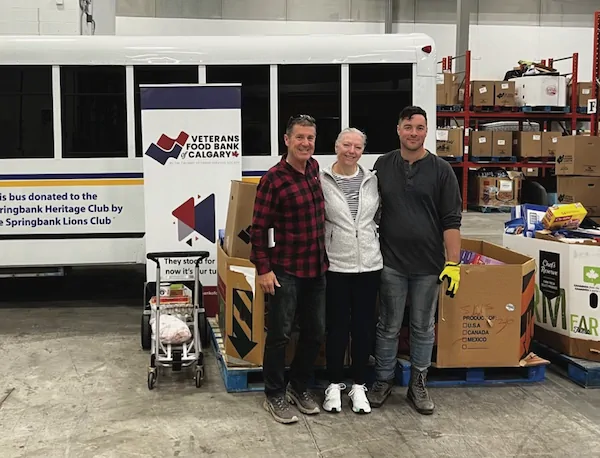The Neck Bone is Connected to the Shoulder Bone
Neck and shoulder pain are intimately related. People may experience shoulder pain when they really have a neck problem and conversely, neck pain may mask a shoulder problem. Neck and shoulder pain so commonly overlap that some refer to it as ‘schneck pain’!
Muscle attachments, nerve pathways, body mechanics, and posture all play a role in how the neck and shoulder are related. Many muscles attach from the shoulder blade to the cervical vertebrae. As we move our neck in various positions we rely on the shoulder blade, collarbone and upper rib muscle attachments to help stabilize, so our neck has a solid base to move upon. Nerves from our neck region supply motor (movement) and sensory function to our shoulder region and arms. A dysfunction in the neck, caused by trauma, poor posture, or arthritic conditions, may cause radiating pain to the shoulder or arm. This is called ‘referred pain’. Referred pain is pain perceived at a location other than the original painful stimulus. The most common theory of this phenomenon is that strong pain messages running along nerves may excite or overwhelm adjacent nerves, causing pain to be felt where that series of nerves innervate. A common example of referred pain is the left arm pain experienced during a heart attack. Another interesting one is the gall bladder attack that manifests itself in the shoulder, typically the right shoulder. Even though the gall bladder is located in the abdomen, people may experience an onset of pain in the shoulder. Isn’t the body a wonderful mystery?
The shoulder is a ball and socket joint consisting of the shoulder blade (scapula) the humerus (upper arm bone) and the collarbone. A large range of motion occurs at this joint, making it susceptible to injury. Shoulder pain may stem from tendonopathies, muscle strains, fractures, dislocations, joint instabilities, frozen shoulder, or pinched nerves. A pinched nerve may originate in the neck and cause pain in the structures that nerve innervates down the arm. Or, a peripheral nerve may be locally damaged by a traction or compression injury. A traction injury may occur in sports, such as the “stinger” in football or hockey where the shoulder gets suddenly pushed downward and causes pain, tingling or numbness down the arm. A compression injury, such as the Saturday Night Palsy (aka Radial Neuropathy), may occur if you fall asleep slumped over a chair and wake up without the use of your arm. (flashback University days!)
When is the shoulder the likely culprit? Most often shoulder pain stems from injury, wear and tear to the rotator cuff muscles. This may be a gradual or sudden onset of symptoms. Often pain develops locally in the shoulder or upper arm, is dull and aching with pain upon movement. Pain may radiate into the upper arm, but not often past the elbow, pain may persist at night and may be eased when you rest your arm.
When is the neck the likely culprit? Again, pain may be gradual or sudden onset depending on the mechanism of injury. Often pain develops in your shoulder blade or sides of the neck, it is often sharp, stabbing, burning or tingling that may radiate down your arm past your elbow or even your hand. This pain may persist at rest or be aggravated with neck movements or overhead arm movements. Pain may be relieved with neck support or a correction of your posture.
A thorough examination is important to determine the cause of your neck or shoulder pain. A physical therapy examination will assess your posture, neck and shoulder range of motion, strength, body mechanics, muscle imbalances (what is tight, what is weak), specific joint mobility and nerve tension tests. Treatments may involve manual therapy to target tight muscles and joint dysfunctions, posture correction, modalities such as ultrasound or acupuncture to speed healing, and of course exercises to help you restore optimal body mechanics. Avoid self diagnosing this complex region of intimately connected muscles, nerves and pain pathways! We are here to help get you back on track. The physiotherapists at Bragg Creek Physiotherapy have treated many shoulder injuries, as it is a very common issue that typically doesn’t resolve on its own. If you have been dealing with a stubborn injury, there is no time like the present. We’d be happy to help you on your way to recovery.
by Jennifer Gordon
BSc. PT, GunnIMS, AFCI
Physiotherapist, Bragg Creek Physiotherapy
www.braggcreekphysio.com


























